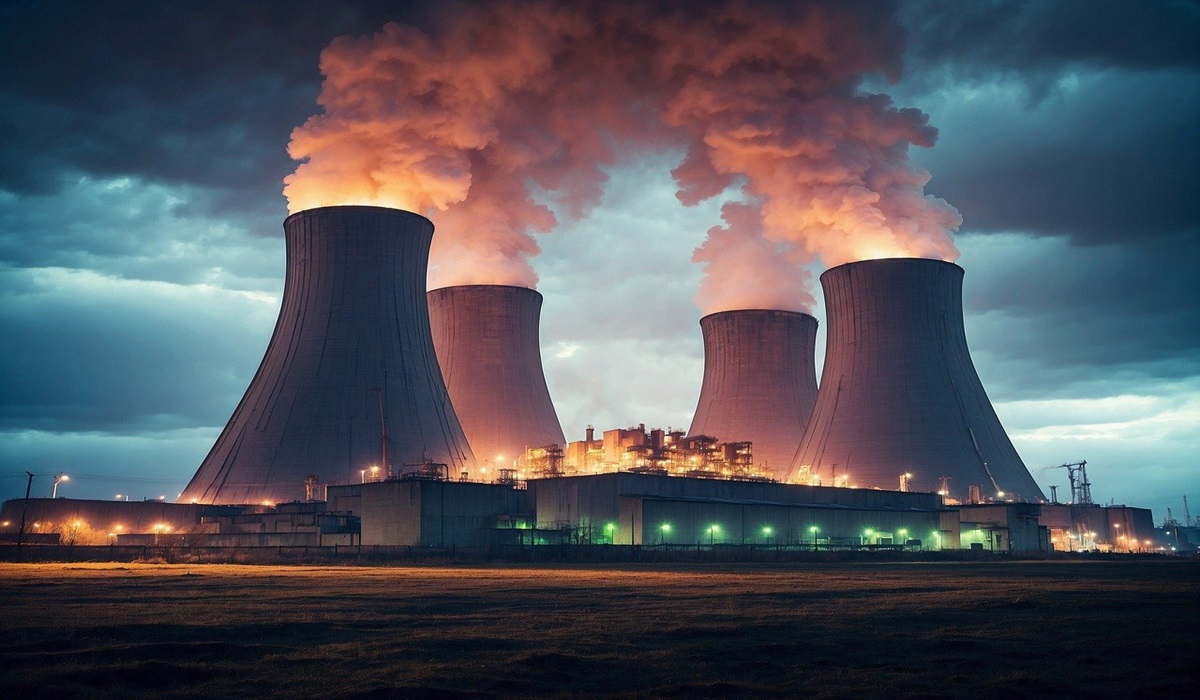China has made a significant breakthrough in nuclear energy technology with the development of an innovative reactor design known as the High-Temperature Gas-Cooled Reactor Pebble-Bed Module (HTGR-PBM). This reactor is specifically engineered to be inherently resistant to meltdowns, addressing one of the most critical safety concerns associated with nuclear power. The design relies on spherical fuel elements, commonly referred to as “pebbles,” which are composed of graphite and uranium. Unlike traditional fuel rods used in conventional reactors, these pebbles create a lower energy density, allowing for a more stable and inherently safer operation.

One of the primary advantages of the pebble-bed design is its ability to dissipate heat naturally. The lower energy density means that even in the event of a system failure, where active cooling mechanisms are unavailable, the reactor can safely cool itself without external intervention. This is a fundamental departure from conventional reactor designs, which require active cooling systems to prevent core overheating and potential meltdowns. The incorporation of graphite as a moderator enhances the reactor’s capacity to manage heat effectively, ensuring that temperatures remain within safe limits.
To validate the safety and reliability of this advanced reactor design, researchers at Tsinghua University conducted a critical safety demonstration. In this experiment, they deliberately cut off the power supply to the reactor modules to simulate a loss-of-cooling scenario—one of the most severe challenges a nuclear reactor can face. The results of this test were remarkable. Despite the complete shutdown of active cooling mechanisms, the reactor successfully cooled down naturally, without requiring any operator intervention or emergency safety measures. This confirmed the reactor’s passive safety features, proving that it could withstand extreme conditions without the risk of catastrophic failure.
This successful demonstration marks a major milestone in the evolution of nuclear energy. Traditional nuclear reactors, such as pressurized water reactors (PWRs) and boiling water reactors (BWRs), rely heavily on complex safety systems to manage core temperature. In contrast, the HTGR-PBM’s reliance on passive safety mechanisms drastically reduces the likelihood of disasters similar to those experienced at Chernobyl or Fukushima, where cooling system failures led to severe consequences.

The inherent safety of the HTGR-PBM design stems from several key factors. First, the high-temperature gas-cooled reactor operates at temperatures significantly higher than conventional reactors, but it remains stable due to its robust structural design and advanced fuel composition. The fuel pebbles are coated with layers of ceramic material, which can withstand extreme temperatures without degrading, preventing the release of radioactive material even in the worst-case scenario. Additionally, the reactor’s reliance on helium gas as a coolant—rather than water—eliminates the risk of hydrogen explosions, a major concern in water-cooled reactors.
Another advantage of the pebble-bed modular reactor is its modular nature. Unlike traditional large-scale nuclear plants, which require extensive construction and maintenance, the HTGR-PBM can be built in smaller, scalable units. This modularity makes it an attractive option for countries looking to expand their nuclear energy capabilities in a cost-effective and safe manner. The flexibility of the design allows for incremental expansion, enabling energy providers to adjust output based on demand without the risks associated with massive, centralized nuclear facilities.
Beyond safety and scalability, the HTGR-PBM also offers improved efficiency and sustainability. The high operating temperatures make it suitable for industrial applications beyond electricity generation, such as hydrogen production and high-temperature process heat for manufacturing industries. This versatility enhances its economic viability, positioning it as a key player in the transition toward cleaner energy sources. Additionally, the design minimizes nuclear waste production and optimizes fuel usage, addressing another major concern in the nuclear industry.
Despite its numerous advantages, widespread adoption of the HTGR-PBM still faces challenges. The construction of next-generation nuclear reactors requires significant investment, regulatory approvals, and public acceptance. While the passive safety features mitigate many of the traditional risks associated with nuclear energy, concerns over nuclear proliferation, waste disposal, and initial capital costs remain significant hurdles. Additionally, integrating these reactors into existing power grids requires infrastructure modifications and policy support from governments worldwide.
Nevertheless, the successful demonstration of the HTGR-PBM’s capabilities has sparked global interest in advanced nuclear technologies. Countries seeking to diversify their energy portfolios and reduce dependence on fossil fuels are increasingly exploring high-temperature gas-cooled reactors as a viable alternative. Given China’s leadership in this field, the HTGR-PBM could serve as a model for future nuclear projects worldwide.
In conclusion, China’s development of the High-Temperature Gas-Cooled Reactor Pebble-Bed Module represents a transformative step in nuclear energy innovation. By prioritizing passive safety mechanisms, modular scalability, and high operational efficiency, this design offers a promising solution to some of the most pressing challenges in the nuclear sector. The successful safety demonstration at Tsinghua University underscores the potential of this technology to redefine the future of nuclear power, making it a safer, more sustainable, and economically viable energy source. As global energy demands continue to rise, advancements like the HTGR-PBM could play a crucial role in meeting the world’s growing need for clean and reliable electricity.



